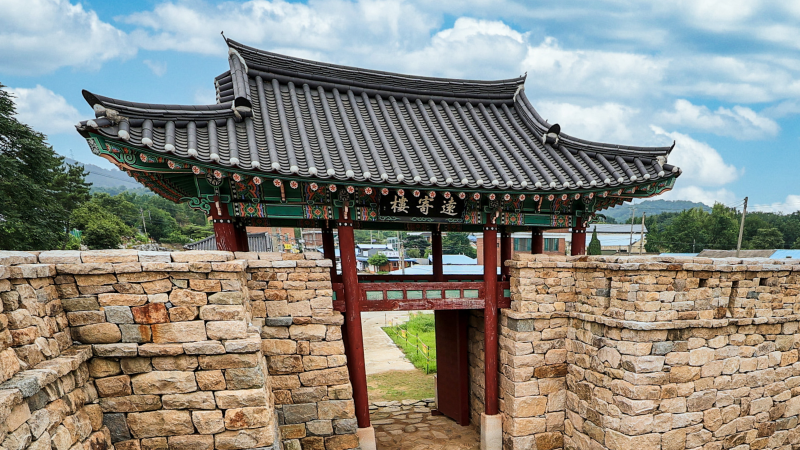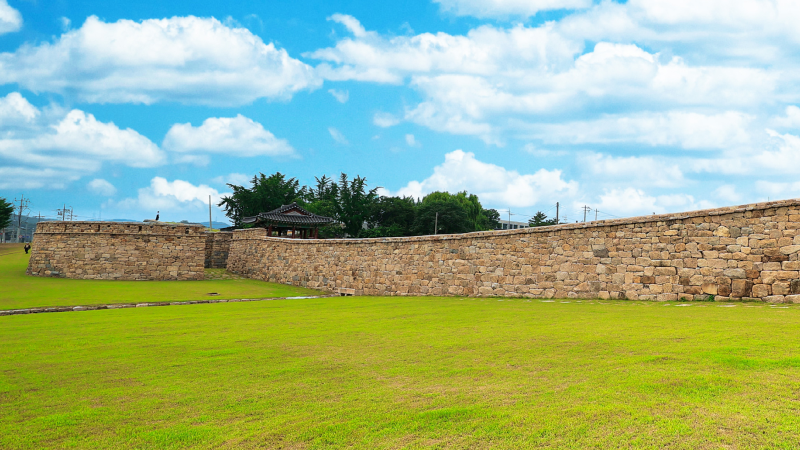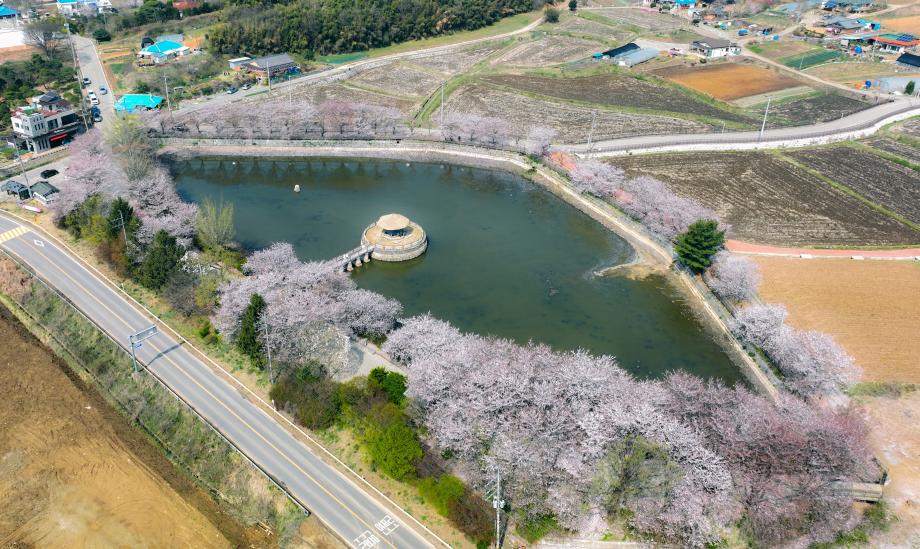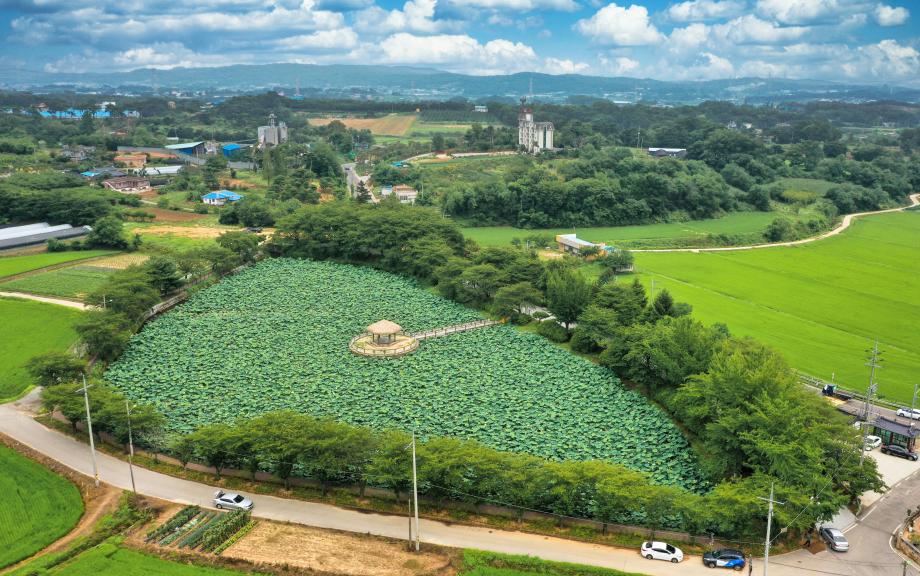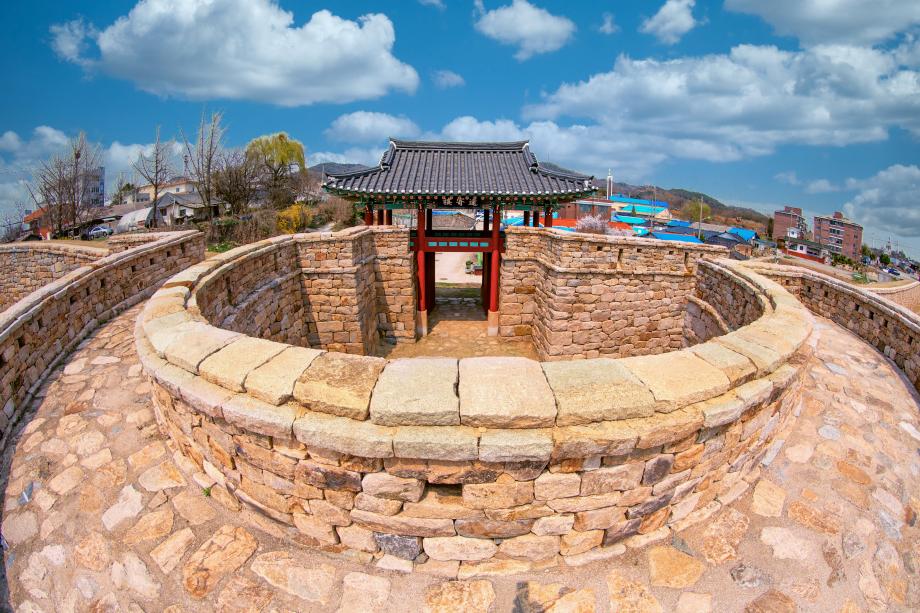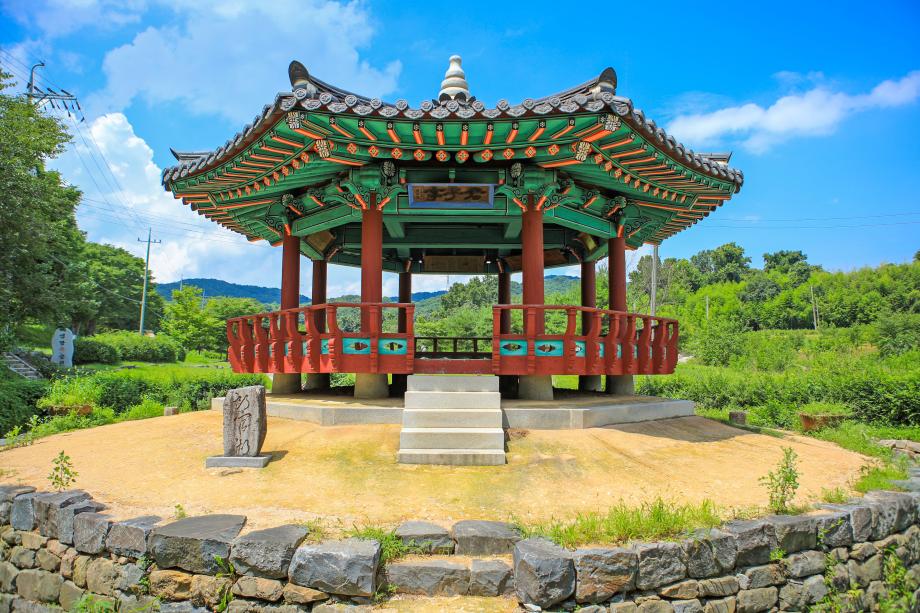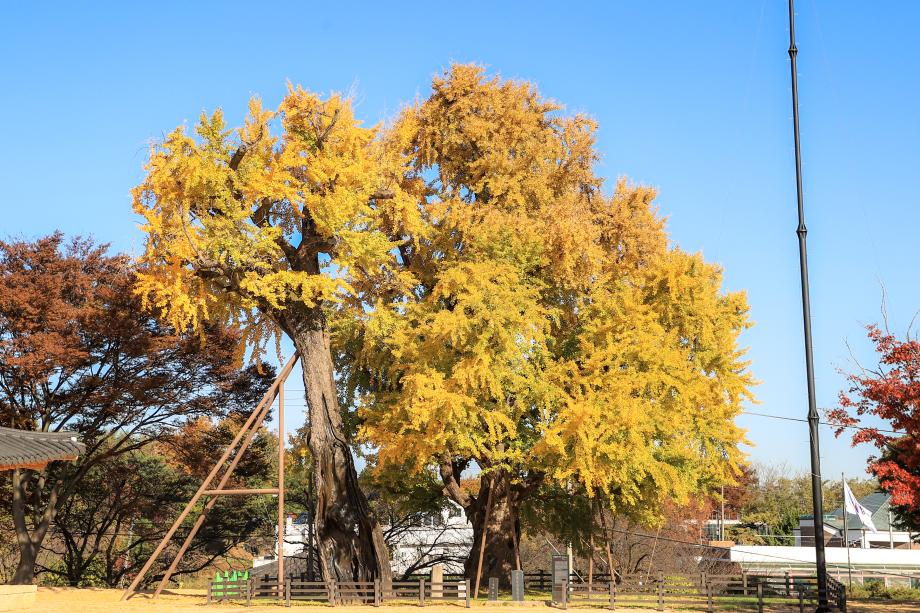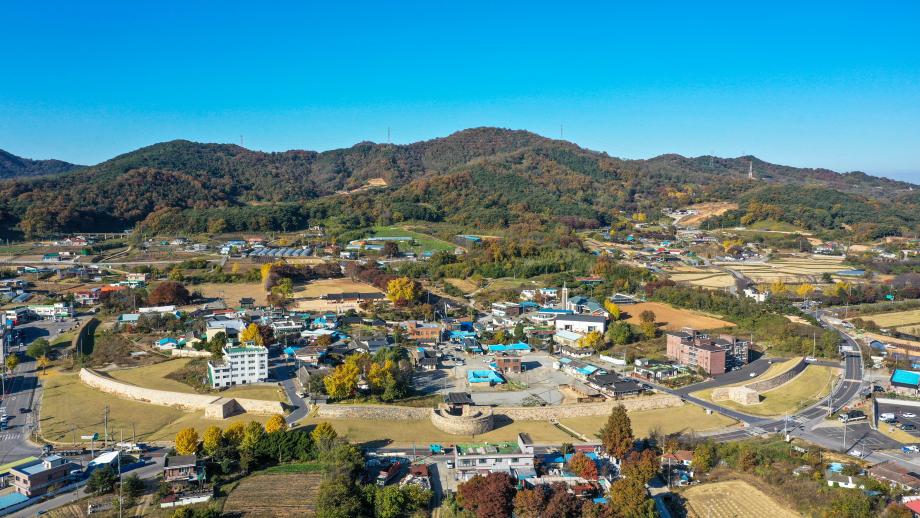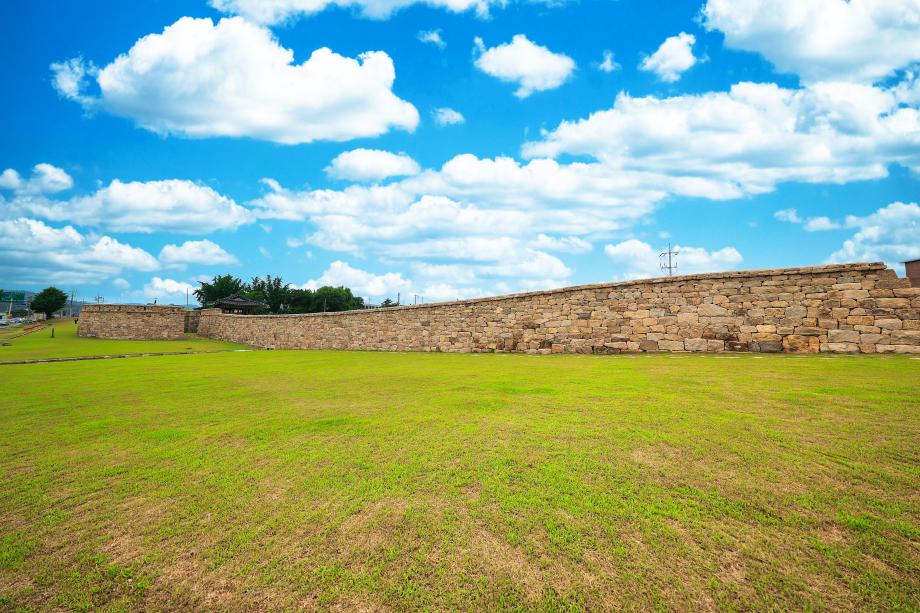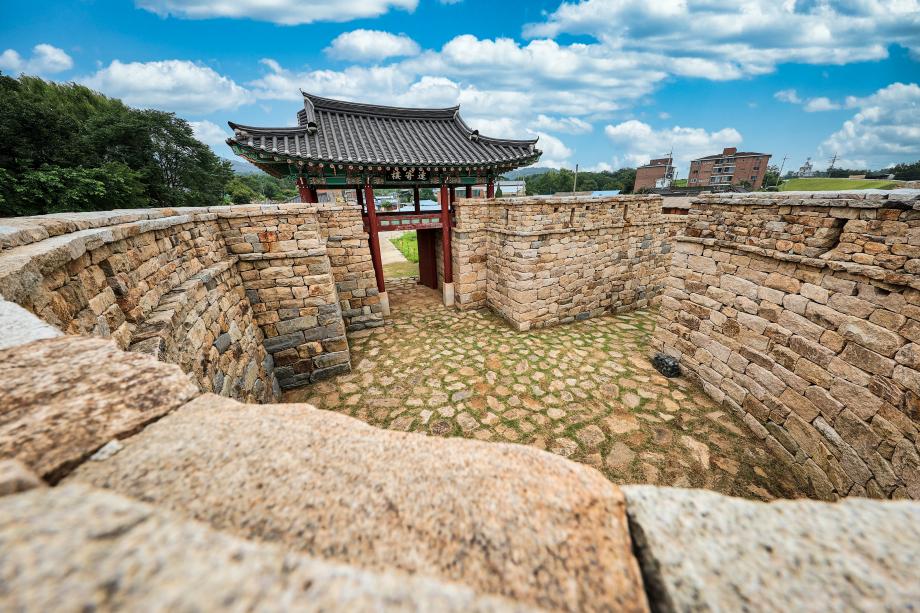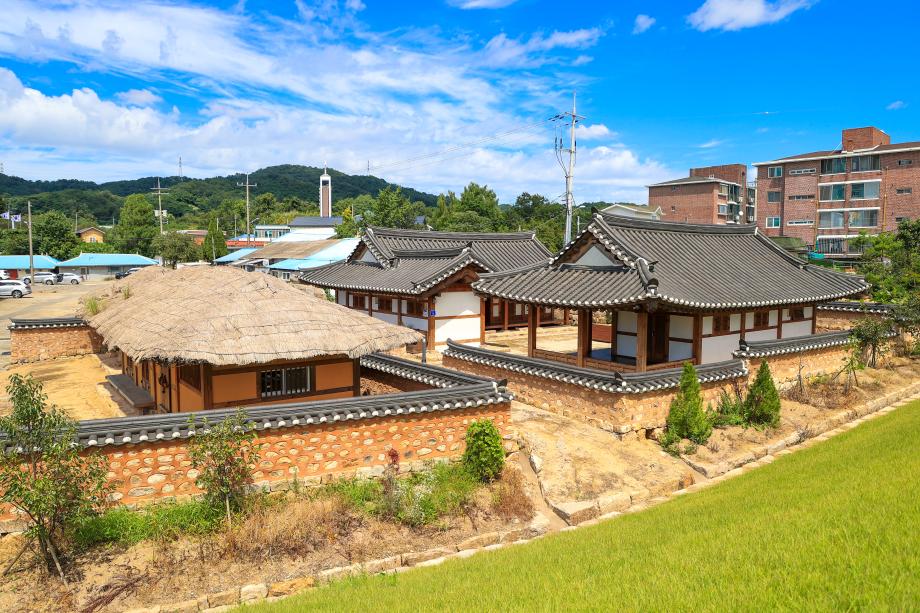본문 시작

Chungcheongnam-do, South Korea
Introduction
The Myeoncheon-eupseong Fortress was built on flat land in 1439, the 21st year of King Sejong's reign, to protect the government offices and administrative seat from Japanese invasion. It is not only related to the persecution of Catholics but is has also been the stage of major historical events, such as battles during the Donghak Peasant Revolution.
A large-scale restoration has been underway since 2007, and the south gate, Ongseong (barbican) Fortress, western wall, Dongnam Fortress, parts of the eastern wall, and guest residences have been restored to their original appearance. The government facilities within the town fortress are also scheduled to be restored. Unlike other Upseong fortresses that have been developed as tourist attractions, the inner village of Myeoncheon-eupseong Fortress is actually called home by the people who live here: a place where history and culture coexist. There are two 1,100-year-old ginkgo trees within the town walls which feature in local legends. When General Bok Jigyeom of the Goryeo dynasty was lying ill, the mountain spirit appeared in a dream to his daughter and told her that the general would recover if she made alcohol from azalea flowers and Anseam spring water from Mt. Amisan and had the general drink it for 100 days and then plant a ginkgo tree in front of the house and nurture it. This daughter followed the mountain spirit’s guidance and, it is said, the general made a full recovery.
These ginkgo trees have been designated as Natural Monument No. 551 while villagers consider them to be sacred and hold an annual ritual for the god of the trees on the first full moon of the year. After passing the Gunjajeong Pavilion under the ginkgo trees, you’ll find the Geongonilchojeong Pavilion, which was designed and built by Yeonam Park Ji-won (a Joseon-period philosopher & novelist), and the Goljeongji Pond, with its spectacular vistas of cherry blossoms in spring and lotus flowers in summer.
In addition, there are abundant places to visit such as; 'the Myeoncheon-eupseong-Fortress Art Museum'. This was created as an experiential space that offers an exhibition space for artists and a place where families can enjoy the exhibition while enjoying a cup of tea. The 'Oredoen Mirae (Old Future)' bookstore, which encompasses the past, present and future, and a retro street leading to the Jindale Sanghoe (azalea shop) that displays and sells handmade crafts allowing visitors to enjoy a trip down memory lane. In addition, every April there’s the Myeoncheon Jindalae (Azalea) Folk Festival. This features Myeoncheon Dugyeonju (rice & azalea flower wine), a national intangible cultural asset, and azalea-related cultural relics, folk games and food.
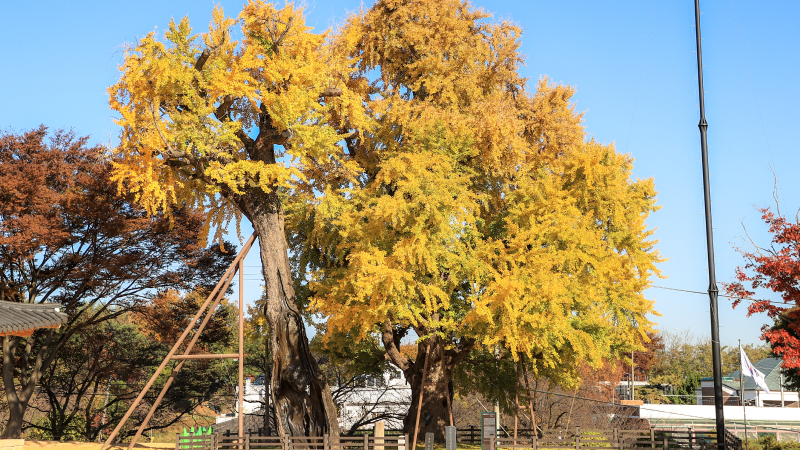
There is a legend related to the ginkgo tree in Myeoncheon-eupseong Fortress and General Bok-gyeom Bok-gyeom.
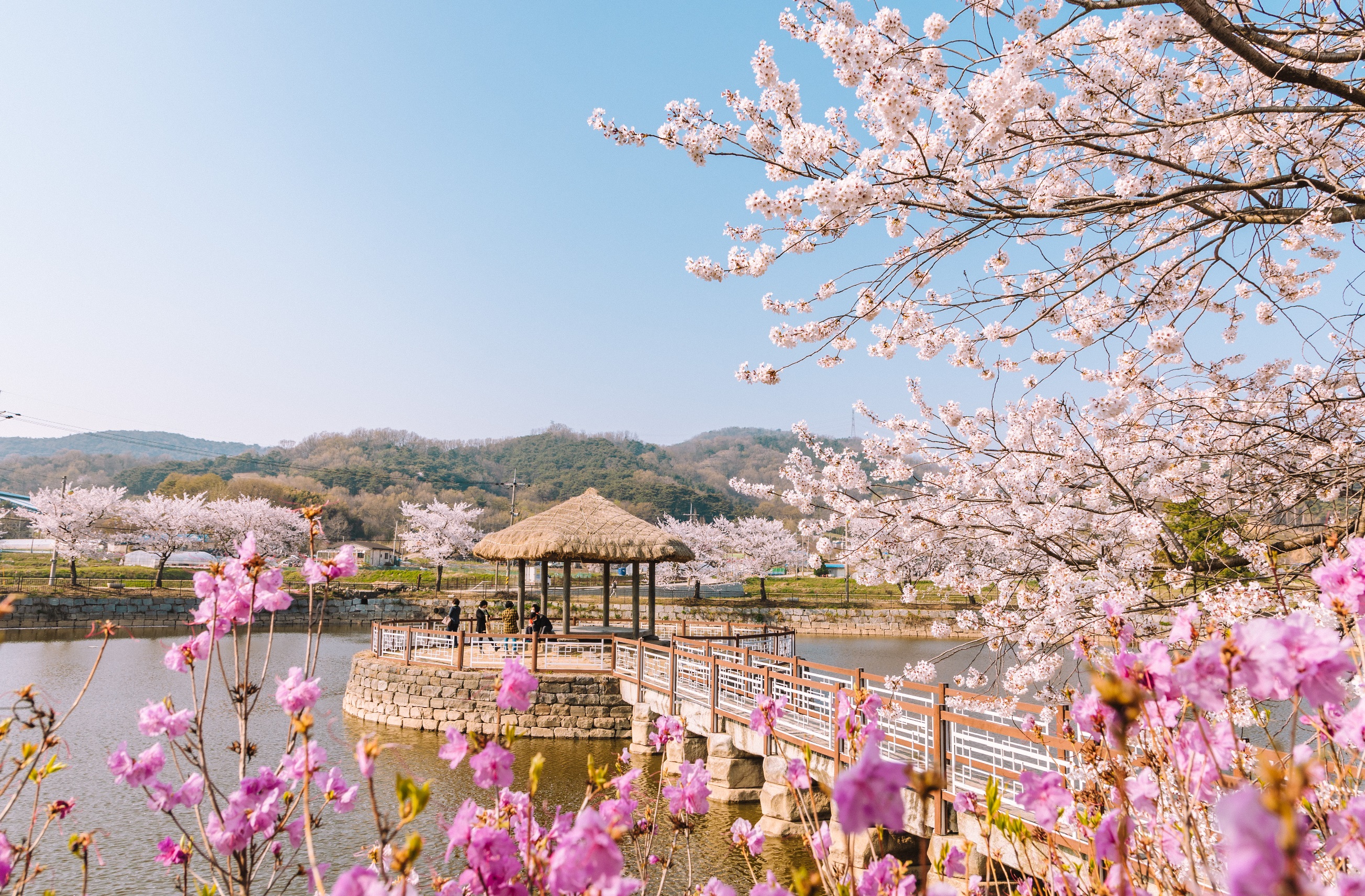
Goljeongji Pond, a famous spot for cherry blossoms, is a pond that was created by Park Jiwon, a Silhak scholar in the late Joseon-Dynasty period, after he took office as the governor of Myeoncheon-gun.
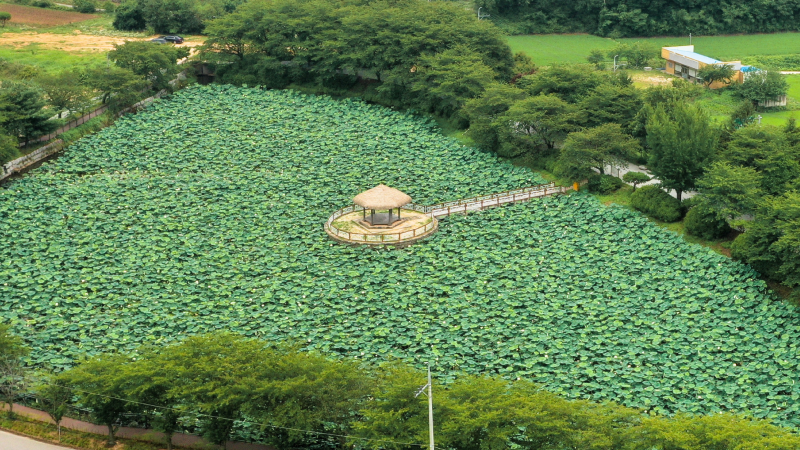
A summer view of a valley colored with lotus flowers
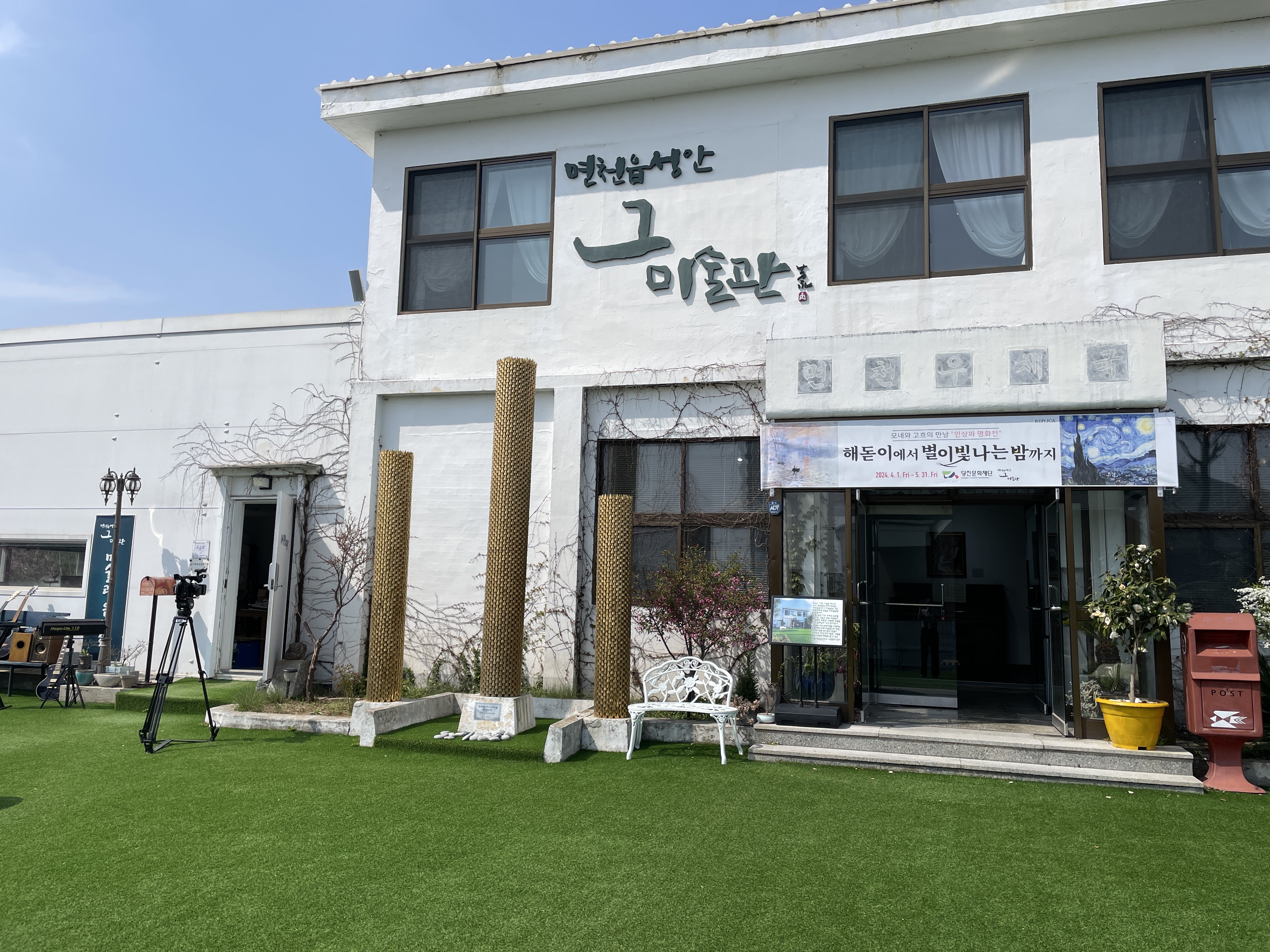
The Art Museum in Myeoncheon-eupseong is a renovated building, once used as a post office, that is now a space where the works of a variety of artists are displayed.
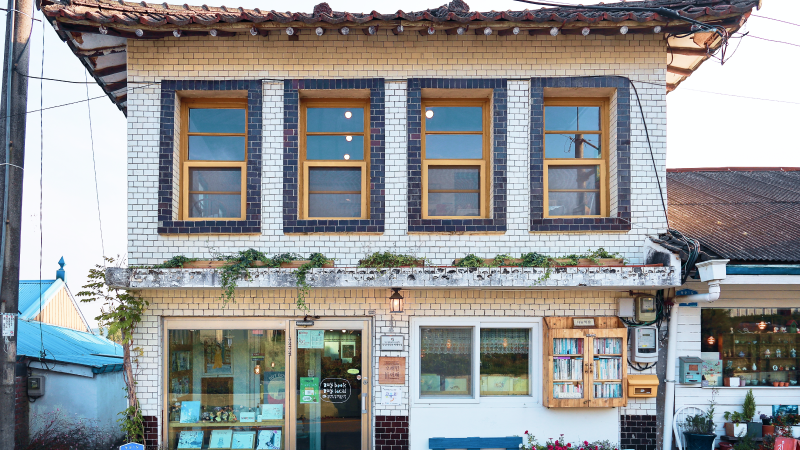
This independent bookstore is housed in renovated 60-year-old premises.
